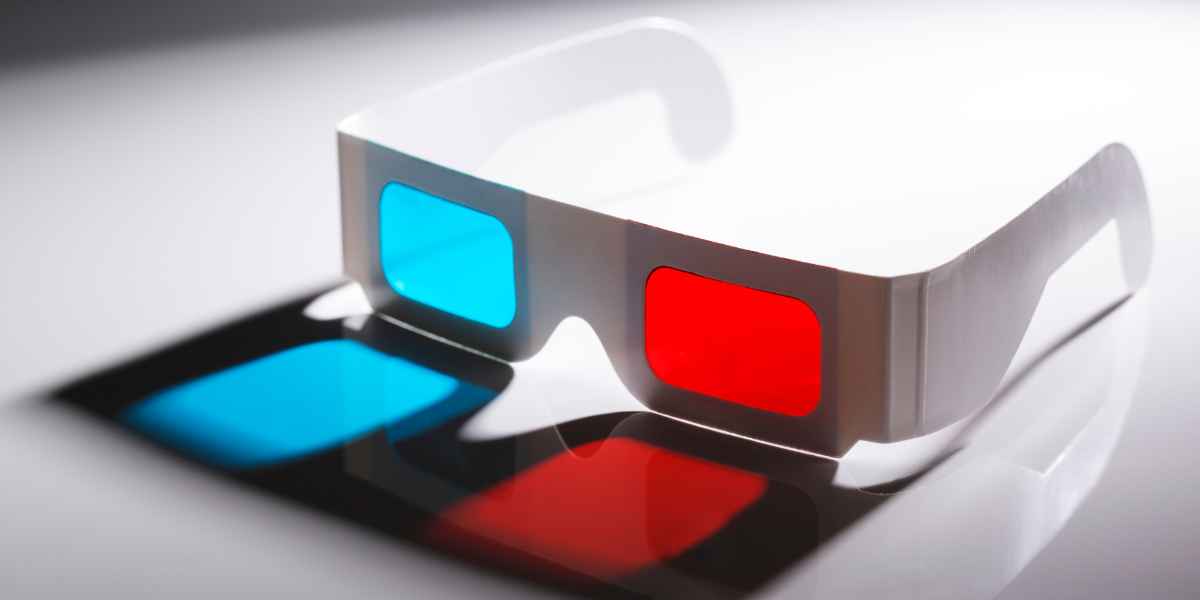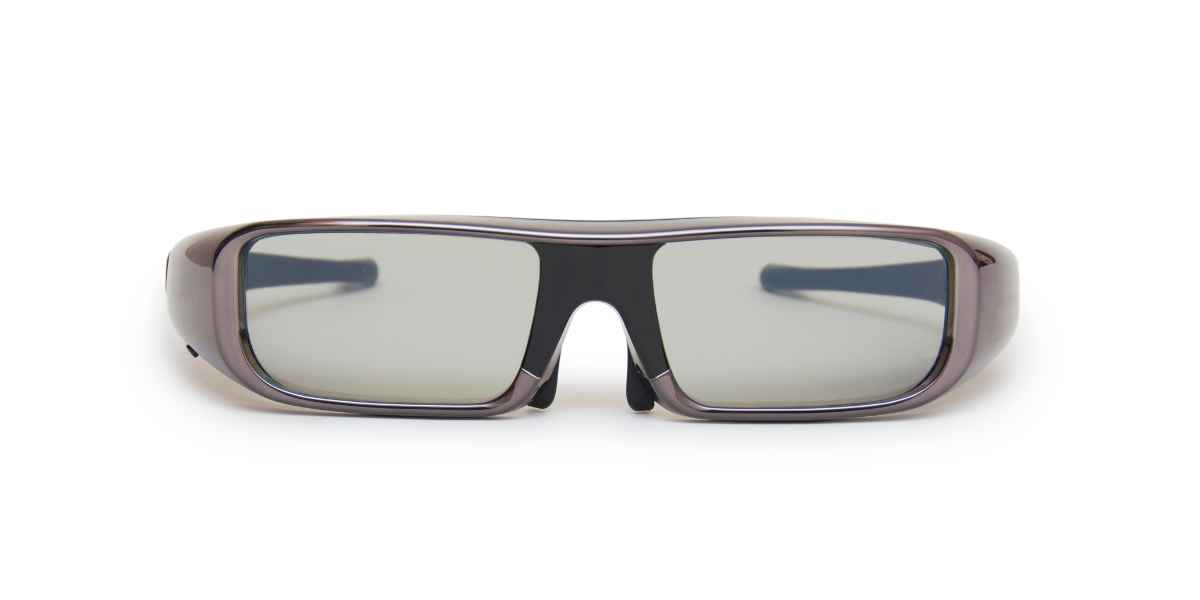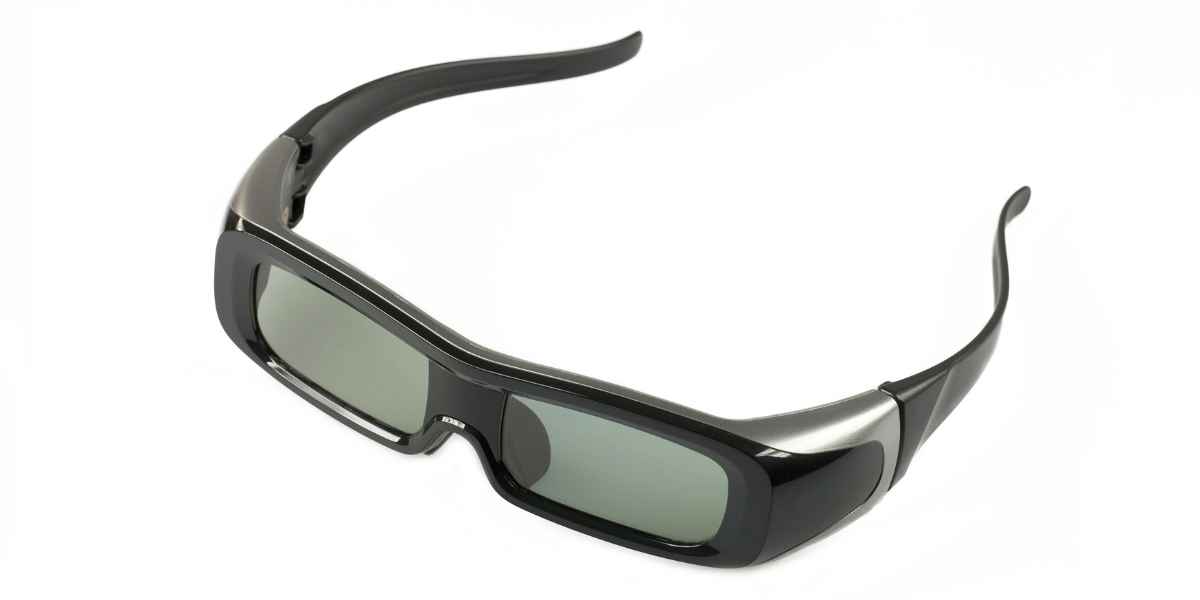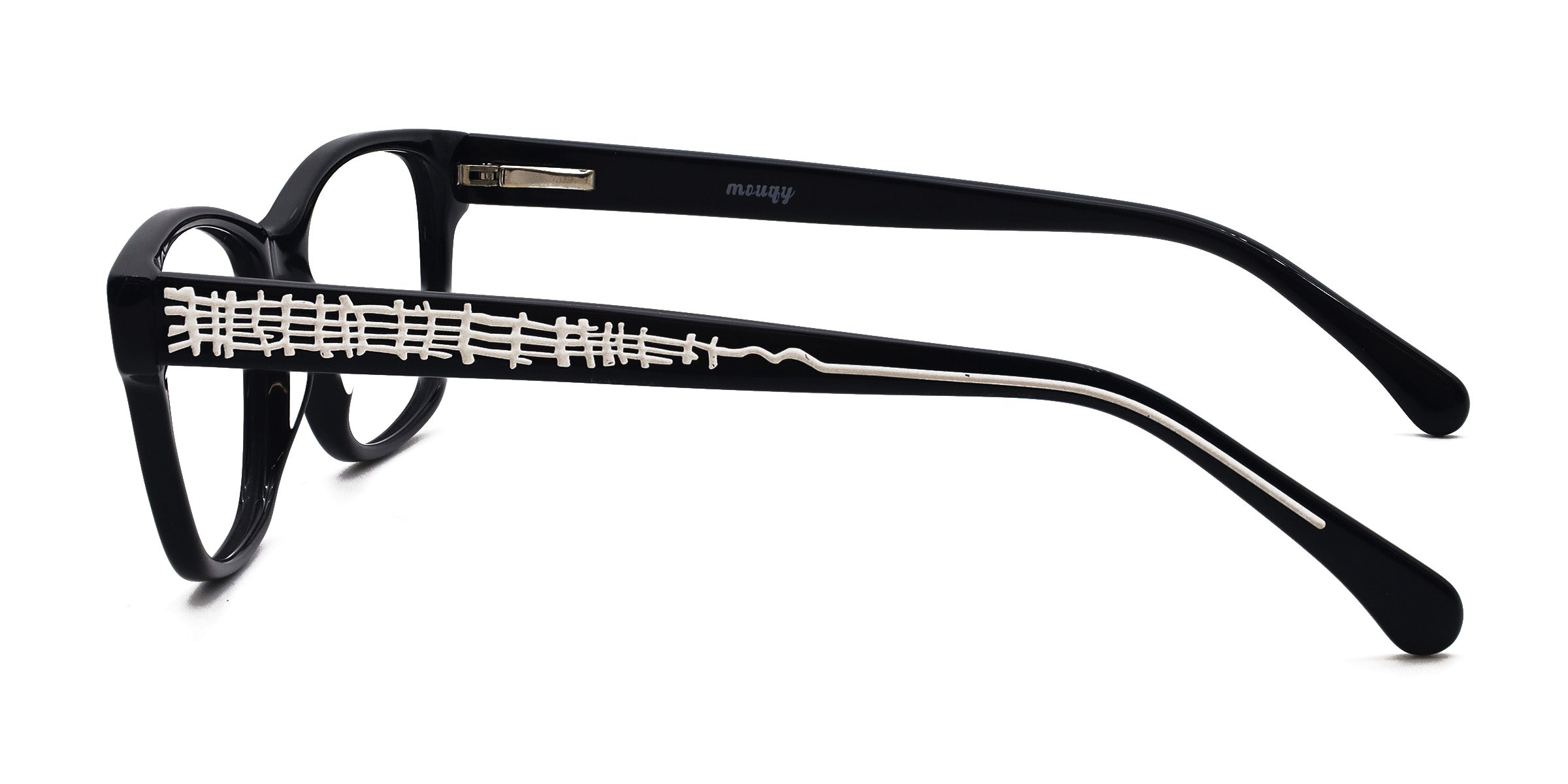Active Shutter 3D Glasses: What Happened To Them?
When 3D content became a thing in the 2000s, many believed it would be the next big thing.
Then came James Cameron’s blockbuster 3D movie Avatar in 2009, which brought 3D technology, especially in film and on TV, to the next level.
Over the years, many companies have created their own 3D products, like projectors, TVs, and glasses.
In this post, we’ll dive into the rise and fall of shutter 3D glasses and see what people think about them now.
The rise of shutter 3D glasses
Anaglyph 3D, the original 3D technology, allowed audiences to experience a new depth of realism when watching a movie.
When viewed with glasses featuring red and green lenses, this unique film format creates separate images that each eye captures individually, resulting in an engaging illusion where three-dimensional visuals seem almost tangible.
There was an issue, though. Anaglyph technology is amazing for creating depth perception (the ability to see in 3D and judge how far objects are), but it comes at a cost—colors are far less vibrant.
That is one of the main reasons why its popularity waned during the ‘90s.
Anaglyph glasses are passive 3D eyewear, meaning they naturally filter out specific things.
On a screen, an image is projected with a red tint, and another is projected in blue.
The red lens filters out the red image and the blue lens filters out the blue image.
Polarized 3D glasses came next in passive 3D eyewear.
Unlike traditional anaglyphs that use colored lenses, these have lens filters crafted with advanced polarization techniques to allow specific light wavelengths through while blocking others out — giving them a distinct tinted look that resembles regular sunglasses.
Passive polarized glasses align light waves in one direction.
To create a 3D effect, the specialized glasses display two different images — one “up and down” with another that is “left and right.”
The drawback of passive glasses is that they only allow half-definition images or 720p, so they don’t quite work for TVs.
Towards the end of 2009, a new type of 3D glasses was introduced — the active shutter 3D glasses.
Instead of filtering two images simultaneously, the lenses of these glasses alternately darken and brighten in sync with the scene being shown on-screen.
By turning each lens opaque then transparent in time with what’s displayed, only one eye can view an image at any moment.
When it’s time for the other eye to see the image, its corresponding shutter will open up accordingly, thus the name “shutter” glasses.
An active 3D technology, shutter glasses flip between images faster than the human eye can detect — delivering an illusion of motion so real, it’ll feel as if you’re watching via traditional eyewear.
When shutter glasses first came out, they were the obvious choice for 3D TVs because they allowed companies to provide full HD picture quality, the standard TV format even back then.
However, the eyewear was quite expensive when it was first released, with Sony announcing its version would retail at $150 apiece.
These days, they don’t cost as much, but they’re still pricier than other types of 3D glasses.
Perhaps the more significant issue is that shutter glasses from one brand frequently aren’t compatible with a TV from another brand.
Also, users would experience the “flicker” effect, where images seemed to flicker.
Nevertheless, the glasses became so popular that practically everyone knew what they were.
Some people even chose to wear eyewear that looks like shutter glasses for the aesthetic.
The decline of shutter 3D glasses
By the mid-2010s, the hype around shutter glasses had died down. It seemed like the eyewear, as well as 3D TVs, had just been a fad after all.
The most likely reason is that watching in 3D can be inconvenient. Not only do you need special glasses, you also need to have batteries or clunky cords to keep them functional.
This isn’t as big of an issue while watching at the cinema, so it hasn’t lost popularity entirely. However, having those extra accessories makes 3D television viewing a less preferable option for people watching at home.
Of course, there are still some who use 3D technology at home, but more are likely to opt for a passive display than the active one, which uses shutter glasses.
With a passive 3D display, you’ll need to wear polarized glasses, which are more lightweight and much cheaper than shutter glasses.
Also, they don’t cause flickering, meaning fewer headaches or eye strain when watching content, and they don’t need a power source.
However, you can’t use polarized glasses with plasma TVs or projectors.
Another possible reason someone would go for polarized glasses is due to lack of options. Most major manufacturers have stopped making shutter glasses, so there are fewer choices.
So – where are shutter 3D glasses now?
People who already own a 3D television with an active display are the most likely to buy shutter glasses, if their pair gets lost or breaks.
However, since not not as many are interested in buying 3D TVs these days, the market for shutter glasses remains a niche one.
Also, the gaming industry is substantially influencing the 3D glasses market as more and more games switch from 2D to 3D.
This trend has caused an increased demand for these glasses, which provide better immersion during gameplay and allow users to access new technology.
However, the future of shutter glasses remains uncertain since the gaming industry or market might wind up favoring passive over active 3D technology.
In addition, development in 3D technology for TVs might be headed towards eliminating the need for special glasses altogether to give users more convenience and cut down on costs.
The future of shutter 3D glasses
Since their release at the end of 2009, shutter glasses have had a meteoric rise in popularity.
However, they experienced an equally rapid descent, and are currently considered a passing trend.
Although shutter glasses might have a resurgence due to the gaming industry shifting to 3D, it’s also possible that they may just remain a relic of the 2010s.
Get the shutter glasses nerd aesthetic
If you like the retro (or some may say nerd-chic look) of shutter glasses, you can rock it with some similar-looking frames by Mouqy here.
For starters, the Xper serves as a good callback to shutter glasses without venturing into costume territory, thanks to its uniquely crafted rectangle black acetate frame.
Mouqy’s Dynamic frames have the same vibe, albeit with slightly more angular frames. This classic design is made for comfort and effortless style.
Unsure if you need eyeglasses? Find out here.

Written by:
Phoebe Jade








































